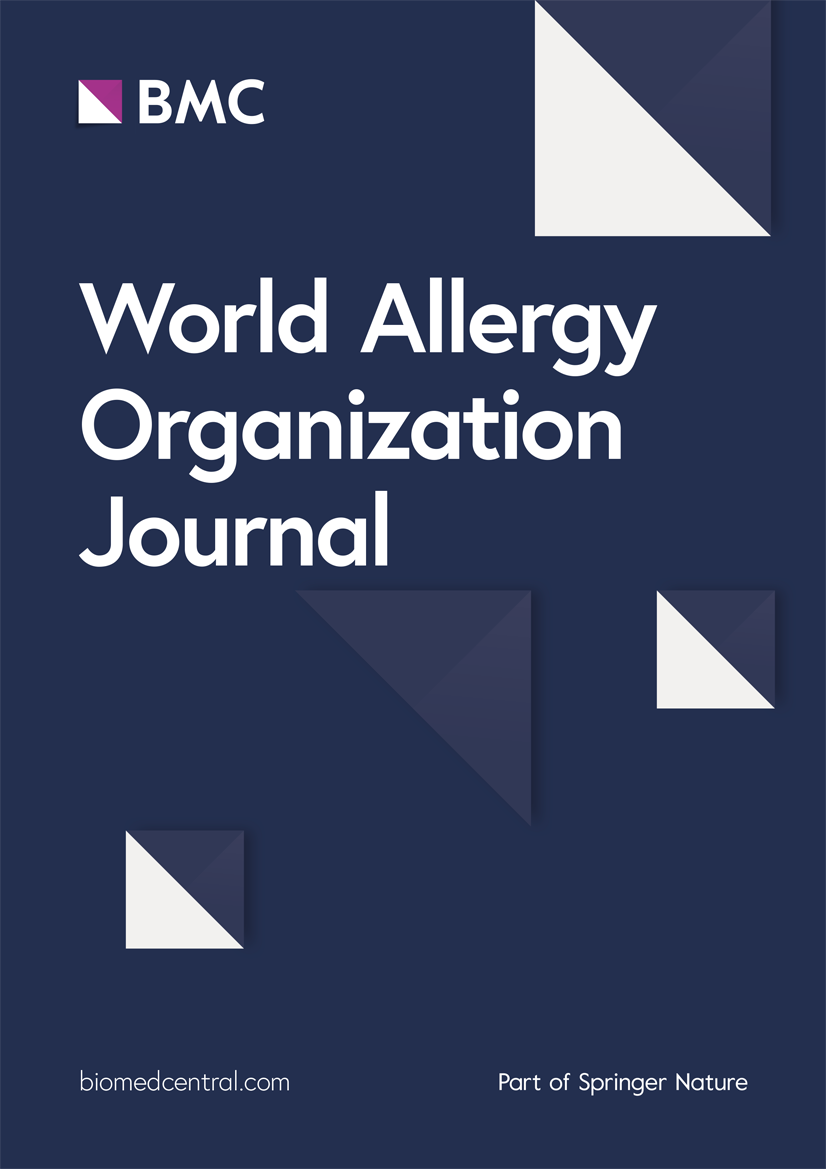从巴西患者的角度看遗传性血管性水肿治疗中尚未满足的需求
IF 3.9
2区 医学
Q2 ALLERGY
引用次数: 0
摘要
导言遗传性血管性水肿(HAE)是一种罕见的遗传性疾病,其特征是反复发作、可能危及生命的血管性水肿。尽管HAE病情严重,有窒息的危险,但往往诊断不足。这种疾病严重影响患者的生活质量(QoL),由于发作的不可预测性,导致焦虑、抑郁和逃避行为。本研究旨在收集巴西 C1 抑制剂缺乏型 HAE 患者的真实想法,以确定他们未得到满足的需求,并评估他们对目前预防和治疗 HAE 发作的护理效果的看法。方法横断面研究采用 SurveyMonkey 问卷调查法,通过 ABRANGHE 以电子邮件的形式向 HAE 患者发放问卷。参与者在知情的情况下表示同意,他们的回答是匿名的。调查问卷由专家和患者共同参与制定,内容包括 HAE 诊断、治疗经验和 QoL 评估。最常见的 HAE 缺陷是 C1-INH 缺乏(53%),其次是 HAE-nC1INH(23%),近四分之一的患者不知道自己的具体缺陷。诊断延迟的情况很普遍,有相当多的患者报告每年发作 13-50 次(33%),15% 的患者每年发作 50 次以上。26%的受访者称喉部受累。大多数患者(69%)接受定期随访,72%接受预防性治疗,67%接受急性发作治疗。使用最多的急性治疗药物是伊卡替班(49%),其次是 pdC1INH(24%)。然而,在药物使用方面仍然存在困惑,45%的人错误地认为口服药物可以有效治疗疾病发作。未满足的主要需求包括:改善发作时急诊室的就诊条件(73%)、更好地提供预防性治疗(69%)和更多地获得专业护理(63%)。患者还强调需要心理支持、提高对 HAE 的认识,以及对患者和医疗服务提供者开展教育活动。 讨论这项研究强调了巴西患者在 HAE 管理方面面临的重大挑战,尤其是在延迟诊断、对治疗的误解以及无法获得足够的专业护理和预防性治疗等方面。急诊室就诊的频率很高,这凸显了疾病管理的困难。HAE 对 QoL 造成的巨大负担凸显了改善医生教育、简化诊断流程以及公平获得有效药物和专业护理设施的迫切需要。弥补这些不足对于更好地支持 HAE 患者、提高诊断及时性、增强治疗效果以及最终提高 HAE 患者的整体生活质量至关重要。本文章由计算机程序翻译,如有差异,请以英文原文为准。
Unmet needs in the management of hereditary angioedema from the perspective of Brazilian patients
Introduction
Hereditary angioedema (HAE) is a rare genetic disease characterized by recurrent, potentially life-threatening angioedema episodes. Despite its severity, including the risk of asphyxiation, HAE often remains underdiagnosed. The disease significantly impacts patient quality of life (QoL), leading to anxiety, depression, and avoidance behaviors due to the unpredictable nature of attacks. Understanding the perspectives of patients is crucial for identifying unmet needs in managing this complex condition.
Objective
This study aimed to gather real-world insights from Brazilian patients with C1 inhibitor deficiency HAE to identify their unmet needs and assess their perceptions of the effectiveness of current care in preventing and treating HAE attacks.
Methods
A cross-sectional study utilized a SurveyMonkey questionnaire distributed to HAE patients through ABRANGHE via email. Participants provided informed consent, and their responses were anonymous. The questionnaire, developed with input from experts and patients, covered aspects of HAE diagnosis, treatment experiences, and QoL assessments.
Results
The survey included 178 HAE patients, predominantly female (81%), aged 30–50 years (58%), and college-educated (62%). The most common HAE defect was C1–INH deficiency (53%), followed by HAE-nC1INH (23%), with nearly a quarter unaware of their specific defect. Diagnosis delays were prevalent, with a significant number reporting 13–50 attacks annually (33%) and 15% experiencing more than 50 attacks per year. Laryngeal involvement was reported by 26% of respondents. Most patients (69%) attended regular follow-ups, with 72% on prophylactic treatment and 67% managing acute attacks. The most used acute treatment was Icatibant (49%), followed by pdC1INH (24%). However, confusion regarding medication use persisted, with 45% incorrectly believing that oral medications could effectively treat attacks. Key unmet needs identified included improved access to emergency rooms during attacks (73%), better availability of prophylactic treatment (69%), and enhanced access to specialized care (63%). Patients also emphasized the need for psychological support, increased awareness of HAE, and educational initiatives for patients and healthcare providers.
Discussion
This study highlighted significant challenges in HAE management among Brazilian patients, particularly concerning delayed diagnosis, misconceptions about treatment, and inadequate access to specialized care and prophylactic treatments. The high frequency of emergency room visits underscores the difficulties in managing the disease. The substantial burden of HAE on QoL emphasizes the urgent need for improved physician education, streamlined diagnostic processes, and equitable access to effective medications and specialized care facilities. Addressing these gaps is crucial to better support HAE patients, improve diagnostic timeliness, enhance treatment efficacy, and ultimately enhance the overall quality of life for individuals living with HAE.
求助全文
通过发布文献求助,成功后即可免费获取论文全文。
去求助
来源期刊

World Allergy Organization Journal
Immunology and Microbiology-Immunology
CiteScore
9.10
自引率
5.90%
发文量
91
审稿时长
9 weeks
期刊介绍:
The official pubication of the World Allergy Organization, the World Allergy Organization Journal (WAOjournal) publishes original mechanistic, translational, and clinical research on the topics of allergy, asthma, anaphylaxis, and clincial immunology, as well as reviews, guidelines, and position papers that contribute to the improvement of patient care. WAOjournal publishes research on the growth of allergy prevalence within the scope of single countries, country comparisons, and practical global issues and regulations, or threats to the allergy specialty. The Journal invites the submissions of all authors interested in publishing on current global problems in allergy, asthma, anaphylaxis, and immunology. Of particular interest are the immunological consequences of climate change and the subsequent systematic transformations in food habits and their consequences for the allergy/immunology discipline.
 求助内容:
求助内容: 应助结果提醒方式:
应助结果提醒方式:


